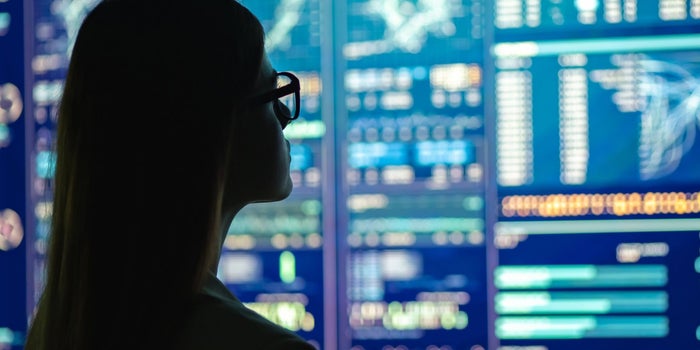Why We Need More Women in STEM and How AI Could

Recently, Dr. France A. Córdova, director of the National Science Foundation, gave a presentation at the U.S. Council on Competitiveness meeting in Washington, D.C. She holds an extraordinary record of accomplishment and has made a tremendous impact on academia and the U.S.'s scientific community. Córdova is also the youngest person — and first woman — to serve as Chief Scientist at NASA. Her journey began with her love for STEM.
In some ways, the future of work is largely linked to STEM. Yet in this day and age, despite role models like Córdova, women continue to remain significantly underrepresented across the board in this industry. What’s more, the inevitable reality of an AI-integrated workforce is coming. According to recent research, women make up just 26 percent of those who hold computer- and math-related jobs. Moreover, data from UNESCO indicates that only 35 percent of women go into STEM, of which a mere 3 percent decided to pursue fields like IT. And when it comes to computer science degrees in the U.S., only 18 percent of them are earned by female college graduates. Though Eastern Europe trumps America when it comes to women in STEM, many females who do choose to explore the industry report experiencing gender discrimination. Results from a survey of 1,000 college-aged women conducted by Girls Who Code suggested that "half [of the women] had either had a negative experience applying for a job in tech or know a woman who has.” Furthermore, of the survey respondents that reported a negative encounter, 25 percent said their interviewers focused on “their personal attributes rather than their skills” and 21 percent of women said they “encountered biased questions.”
- STEM awareness campaigns: Evangelize STEM in the workforce of tomorrow.
- Special science and technology tracks for girls: Create a separate, more advanced science and technology curriculum for girls during early education due to biological developments in maturity.
- AI in interviewing: Implementing carefully vetted AI in hiring procedures to potentially help eliminate gender-bias discrimination.
- Realizing a skills-based future: Create an understanding that the future economy will likely be skills-based rather than degree-based.
Nationwide STEM awareness campaigns and action-oriented programs
“Women make up just under half (47 percent) of the workforce, but they are 58 percent of workers at the highest risk of automation,” states a recent report by the Institute for Women’s Policy Research. Therefore, the digital workforce revolution could drive some women to encounter high levels of job insecurity.AI-augmented HR interviewers
Using AI to improve the HR hiring process isn’t news. Many companies use AI recruitment software that aims to make hiring more efficient or cut down on bias. This innovation suggests that AI will remain central to the future workplace environment.According to a Pew Research report, “about four in ten working women (42 percent) in the United States say they have faced discrimination on the job because of their gender.” Moreover, another another study by Pew suggests that 50 percent of womenRealizing a skills-based future in the workforce
A digital society is a dynamic one. In the future, new technologies will regularly enter the marketplace, continuing to make lifelong learning necessary. A skills-based economy means that degrees and hierarchies will no longer be as relevant. When abilities are prioritized above factors like gender, more women could feel empowered to enter the STEM industry




Post a Comment